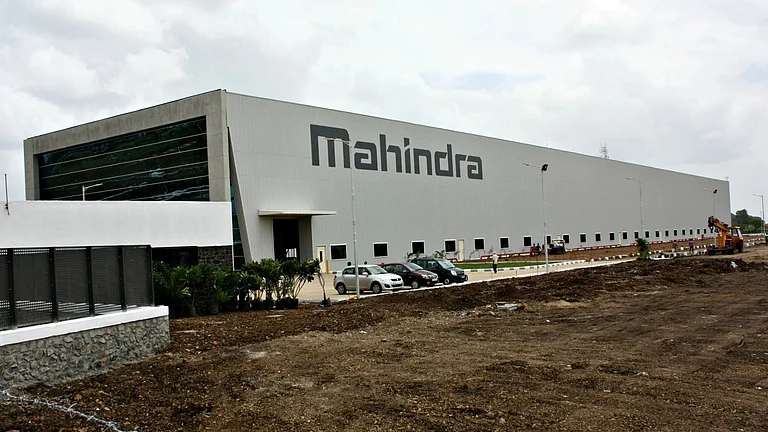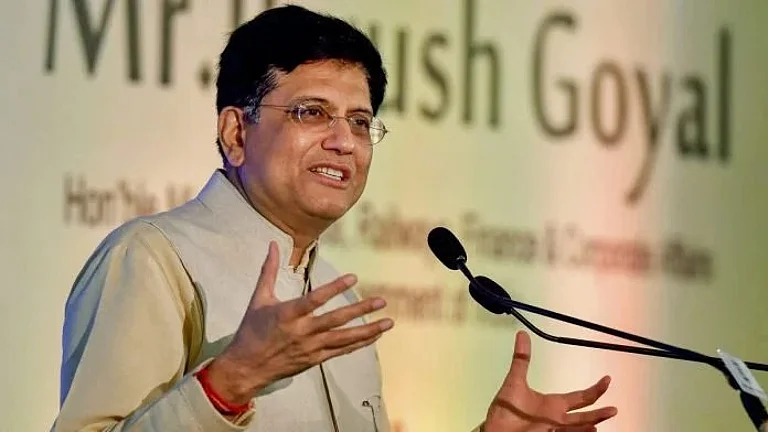
ISRO has announced plans to make the Bharatiya Antriksh Station (BAS) operational by 2035.
On National Space Day, the space agency said it will launch the first BAS module by 2028.
The agency also unveiled upcoming missions, including Chandrayaan-4 and a Venus Orbiter Mission.
Prime Minister Modi urged the private sector to create at least five space tech unicorns in the next five years.
On the occasion of National Space Day, the Indian Space Research Organisation (ISRO) outlined its plans to set up a space station called Bharatiya Antriksh Station (BAS) by 2035, with the first module being lifted off in the next three years. The space agency, at an event in New Delhi's Bharat Mandapam, also unveiled plans for a Chandrayaan-4 mission and a Venus Orbiter Mission.
Meanwhile, Prime Minister Narendra Modi, addressing the venue virtually, called on the private sector to step up in the space tech field and grow at least five unicorns in the next five years working on space technologies.
"We are going to have a Chandrayaan-4 mission. We are going to have a Venus Orbiter Mission. We are going to have a space station called BAS (Bharatiya Antriksh Station) by 2035, and the first module will be lifted off by 2028. The Prime Minister has given approval for an NGL (Next Generation Launcher). By 2040, India will land on the moon and we are going to bring back safely. Thereby by 2040, the Indian Space Program will be at par with any other space program of the world," said ISRO Chairman V. Narayanan.
The event was also attended by the first Indian to visit the ISS, Group Captain Shubhanshu Shukla, and Union Minister of Science and Technology Jitendra Singh. India started celebrating National Space Day on August 23, marking the successful soft-landing of Chandrayaan-3 near the South Pole of the moon in 2023. It is the only country to have successfully achieved the feat. The landing spot of Chandrayaan-3 was named the 'Shiv Shakti Point' by PM Modi.
"Today, India is rapidly advancing in breakthrough technologies like semi-cryogenic engines and electric propulsion. Soon, with the hard work of all you scientists, India will also soar with Gaganyaan and in the coming times, India will build its own space station," said the Prime Minister on Saturday.
He said that in the space sector, policy should never come to a standstill, reiterating his call from the Red Fort for a path of “Reform, Perform, and Transform.” Over the past 11 years, India has carried out significant reforms in space, removing earlier restrictions and opening the field to private players, PM Modi noted, adding that today, more than 350 start-ups are driving innovation and growth in space technology.
He announced that the first privately built PSLV rocket will be launched soon, while India’s first private communication satellite is also under development. In addition, a public-private partnership is preparing to launch an Earth observation satellite constellation. Linking these advances to his broader vision of self-reliance, he urged every sector to set its own ambitious targets.
"Today, on the occasion of Space Day, I would like to ask the country's space start-ups whether we can create five unicorns in the space sector in the next five years. Now we see five big launches from India every year. I would like the private sector to come forward, and in the next five years, we should reach a stage where we can launch 50 rockets every year — one rocket every week," PM Modi added.
He also recalled his recent meeting with Group Captain Shukla. Prime Minister Narendra Modi said, "We have also become the fourth country in the world to have the capability of docking and undocking in space. Just three days ago, I met Group Captain Shubhanshu Shukla. He filled every Indian with pride by hoisting the tricolour on the International Space Station. The moment, the feeling when he was showing me the tricolour, is beyond words."
ISRO, meanwhile, has unveiled a model of the first module of the Bharatiya Antriksh Station (BAS) in Delhi. The BAS will be a platform for indigenous research, including microgravity studies and testing technologies for long-duration human space missions.
































